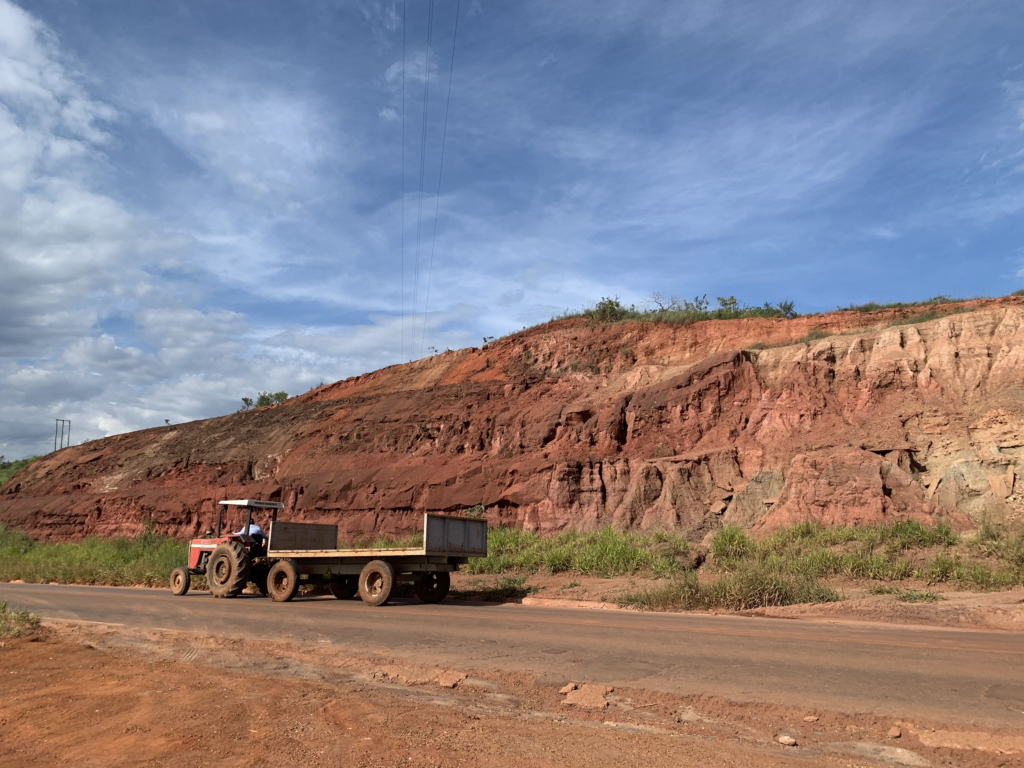Located in Minas Gerais, the iron ore, rare earths and phosphate mining powerhouse of Brazil, 350km from the state capital, Belo Horizonte.
25 exploration licenses covering an area of approximately 450km2
Resouro holds, via its wholly owned Brazilian subsidiary, a 90% interest in the Tiros Rare Earth Elements and Titanium Project (Tiros Project) with the remaining 10% interest in the Tiros Project being held by RBM Consultoria Mineral Eireli, an unrelated third-party vendor.
The Tiros Project is located in Minas Gerais, one of the most infrastructurally developed states of Brazil, 350 km from Belo Horizonte, the state capital. It has extensive networks of railways, highways and deep-water ports.
The Tiros Rare Earth Elements and Titanium project is located within the Capacete Formation, which was formed from the erosion and deposition of the volcaniclastic rocks of the Alkaline province of Alto Paranaiba. The Tiros licenses cover the thickest portions of the prospective formation and the areas with the greatest exploration potential. To date, the drilled material is predominantly a clay-like free digging material.
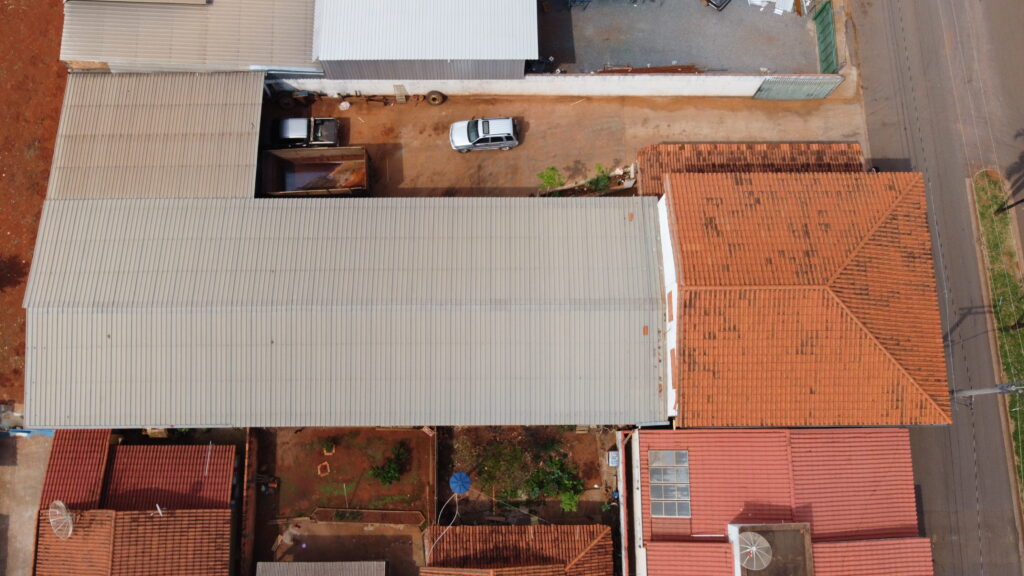
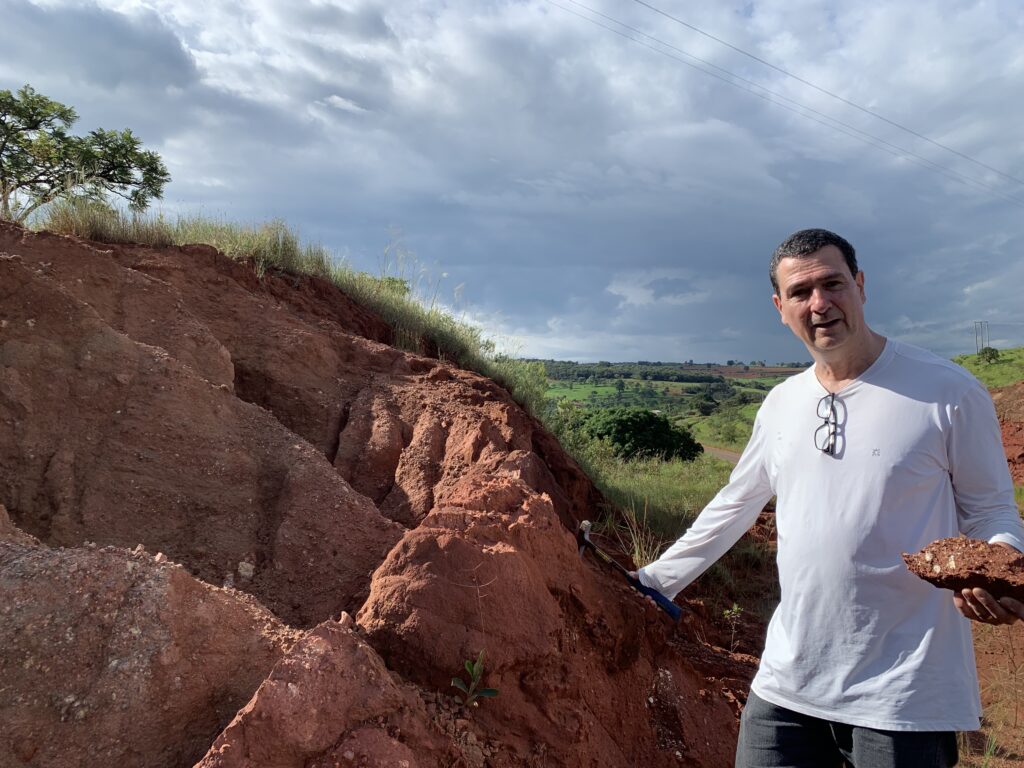
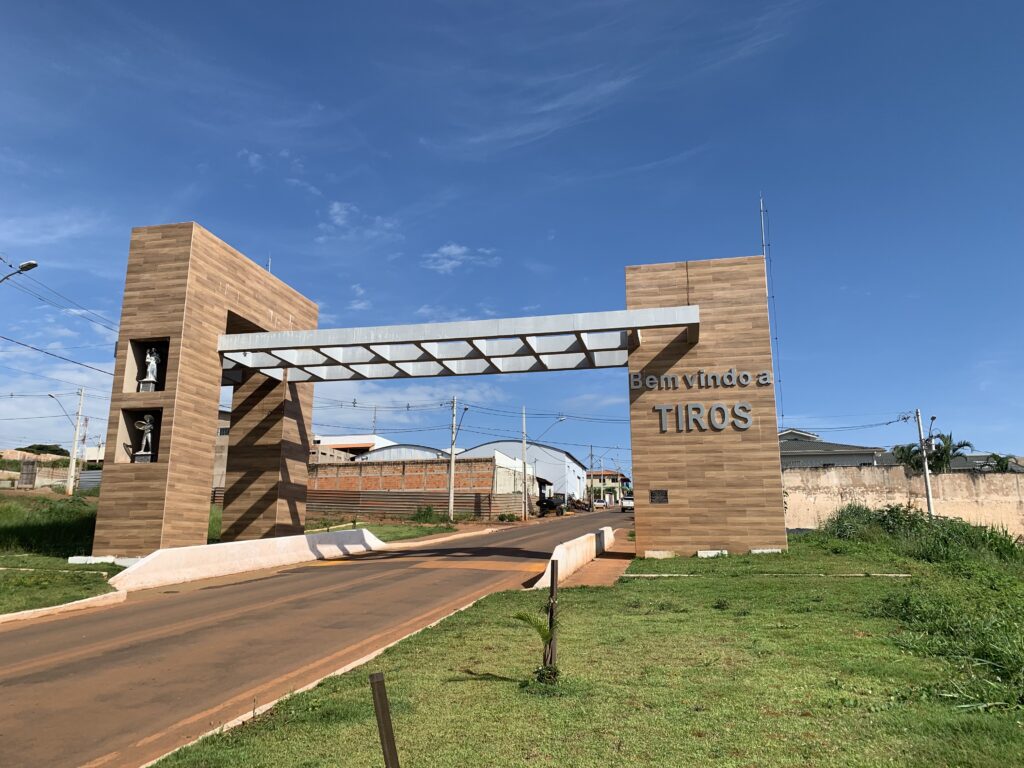
The dominant lithologies in the licence are the granites of the Novo Mundo suite. This suite is compartmentalised into the upper and lower units and represents an intrusive body in rocks of the Xingu Complex with dimensions of approximately 12 km by 5 km, elongated E-W. This orientation coincides with the direction of the main ductile shear zones and regional lineaments that affect the region. The main facies of the Novo Mundo granites consist of an equigranular, leucocratic, non-magnetic syenogranite with an oriented fabric.
The Capacete Formation which hosts the Tiros Trend contains the high-grade TiO2-bearing mineral known as Anatase. Results from the laboratory SGS-Geosol, which used samples from 13 Aircore and Auger drillholes totalling 518 samples, 83% of samples had a TREO grade over 3,000ppm, 84% of samples had a NdPr grade of over 500 ppm and 85% of samples had a TiO2 grade of over 10%.
Approximately 24% of the content of Rare Earth Elements within the Tiros Trend is made by Neodymium, Praseodymium, and Dysprosium.
Resouro is aiming to focus on
Resouro aims to progress from an explorer into a developer. Using the results from the feasibility studies, Resouro is planning
There has been a moderate level of historical exploration work undertaken at the Tiros property, including 1,033m of drilling from 21 holes within the concessions and preliminary metallurgical studies on the titanium beneficiation. Exploration and preliminary metallurgy work included works from Águia Metais on phosphate, Vincenza Mineracao and Iluka, the world’s largest producer of TiO2 feedstock focusing on titanium exploration, however, all works undertaken failed to take into account the depth, extent of the ore body and the evolution of the Rare Earth and Titanium markets in the renewable lower carbon economy.
